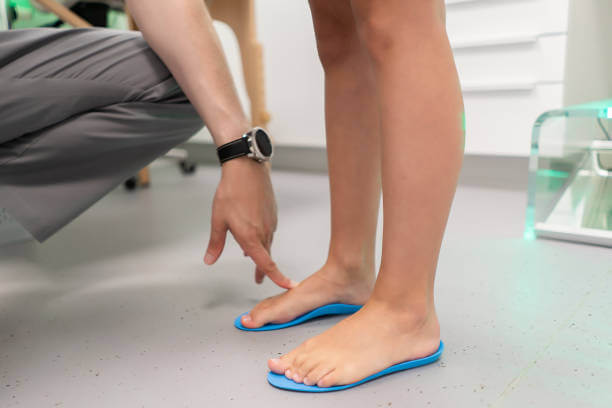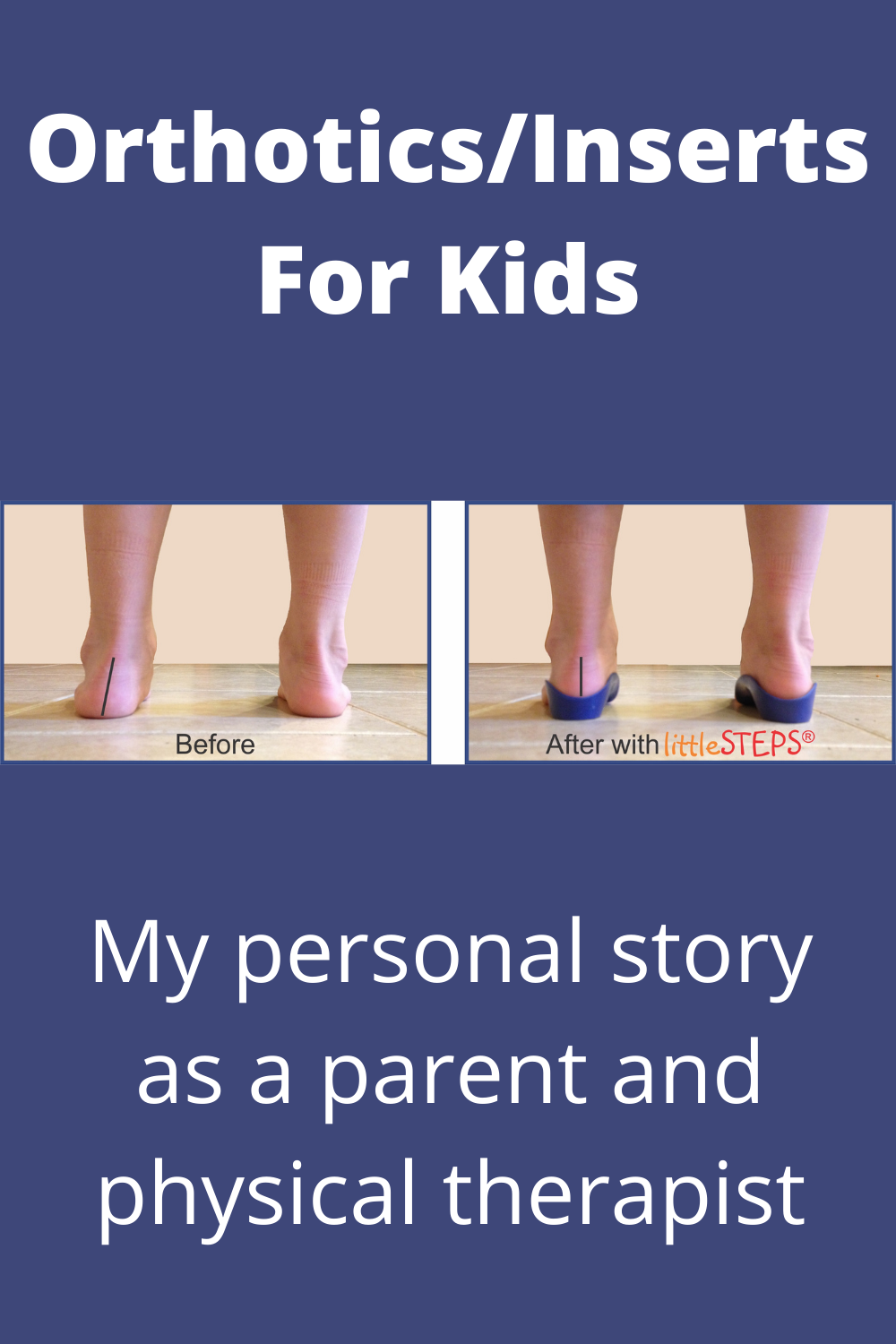Guidelines for Boot Fitting Success Lyons CO
Boot fitting for ski racing is an essential side of the sport, playing a major role in performance and luxury. A well-fitted boot can enhance control, precision, and general enjoyment on the slopes. Ski racing requires the skier to exert immense pressure on their boots, making the proper fit a critical component in attaining optimum performance.
The process of boot fitting includes a quantity of intricate steps, beginning with understanding the skier's foot shape and size. Every foot is unique, and numerous manufacturers have different last widths, heel shapes, and instep heights. A educated boot fitter will take exact measurements, guaranteeing that the skier's foot is precisely represented within the selected boot model.
Once the measurements are obtained, the subsequent stage is the choice of boots that align with the skier's talent degree and racing targets. For novice racers, a softer boot could present some forgiveness and comfort. In contrast, more advanced racers typically require stiffer models that facilitate higher power switch for heightened control, notably at high speeds.
After choosing the proper boot, the fitting process actually begins. This is the place the boot fitter meticulously focuses on making a personalized fit, often called "shell fitting." The boot is tried on without the liner, allowing the fitter to assess how the shell of the boot contacts the foot. Gaps or pressure points can be identified easily at this stage, with the goal being to eliminate any areas that could lead to discomfort over time.
Is Bootfitting Really Necessary? Erie CO
Heat molding is certainly one of the most important elements of boot fitting. This includes heating the liner and typically even the shell, allowing it to mold around the skier’s foot. A properly molded liner hugs the foot snugly, providing both warmth and luxury. This heat can forestall cold feet during long days on the slopes, an issue that many racers face.
While heat molding is essential, so is making fantastic changes through the fitting. Often, minor tweaks such as footbeds or insoles may be essential. A customizable footbed can considerably improve fit, cushioning, and overall support. It can even enhance alignment, which is prime for minimizing fatigue and maintaining control throughout high-speed runs.
Ski Boot Fitting in North America Niwot CO
It’s important to consider the flex index of the ski boots. Various producers price flex in another way, but usually, junior racers require a softer flex to advertise mobility and adaptability as they are nonetheless creating expertise. More advanced opponents often opt for a stiffer flex that interprets into better energy transmission and responsiveness when carving turns.
Another consideration in boot fitting for ski racing is the stance alignment. Proper alignment of knees, hips, and ankles is crucial for environment friendly energy switch and preventing injuries. The boot fitter will assess this alignment and make changes, if necessary, to make certain that the skier is in one of the best position for performance.
The Art of Ski Boot Customization Arvada CO
The position of socks cannot be missed in relation to boot fitting. Specialized ski socks, often made from materials designed for moisture-wicking and insulation, play a significant position in sustaining warmth. Additionally, they can help reduce friction inside the boot itself, decreasing the likelihood of blisters throughout extended durations of skiing.
Communication between the skier and the boot fitter is crucial throughout the fitting process. Skiers ought to voice any discomfort or pressure points they could really feel, allowing the fitter to address these issues instantly. This back-and-forth helps ensure the ultimate product will meet the skier's specific wants and preferences.
Expert Boot Fitting Tips and Tricks Niwot CO
Finally, trying the boots on the snow is irreplaceable. An preliminary fitting can feel nice in the shop, however skiing puts a unique set of demands on the boots. If a skier can, they want to test the fit on a apply run or coaching course to confirm comfort and performance. This real-world testing helps to establish minor adjustments that might not have been apparent in the course of the fitting.
In conclusion, boot fitting for ski racing is a meticulous and personalized process that significantly impacts a skier’s performance. The correct fit enhances comfort, ensures control, and minimizes the chance of injury. By investing time and a spotlight into discovering the right boots, racers can give consideration to what they love most – the fun of the race.
The collaboration between the skier and the boot fitter is crucial in navigating this advanced journey. A perfect fit not only improves performance but additionally fosters enjoyment in the sport. Through quality fitting, consideration to element, and personalized adjustments, skiers can benefit from their racing expertise and attain their full potential on the slopes.
- Precise measurements of foot length and width are essential for attaining a comfortable fit, minimizing motion that can affect performance throughout races.
- Ski boot liners must be heat-molded to make sure a custom fit, allowing for enhanced comfort and improved power switch to the ski.
- The flex rating of a ski boot ought to match the athlete's snowboarding style, with stiffer boots recommended for advanced racers who require better management at excessive speeds.
- Ankle and heel hold is essential; fit specialists often employ varied strategies to ensure these areas are securely locked in place.
- Proper alignment of the boot cuffs can significantly impact balance and edge control, making it crucial for racers to have well-adjusted cuff positioning.
- The tongue of the boot ought to ideally present constant pressure throughout the instep, stopping discomfort and enhancing responsiveness.
- Using footbeds or custom insoles can enhance foot assist, offering higher stability and lowering fatigue during long races.
- Attention to vent placement is important; adequate ventilation helps regulate temperature, preventing numbness or discomfort during runs.
- Evaluating the skier's technique and stance can guide specific boot adjustments, tailoring the fit to enhance overall performance on the racecourse.
- Consistent follow-up adjustments post-fitting might help address any discomfort that may arise during training, ensuring peak performance during competitions.undefinedWhat is boot fitting for ski racing?
Ski Boot Fit for Advanced Skiers Wheat Ridge CO
Boot fitting for ski racing is the process of customizing ski boots to ensure optimal fit, comfort, and performance on the slopes. It involves adjusting various components to boost your snowboarding expertise and obtain more efficient energy transfer.

Why is correct boot fitting essential for ski racing?
Ski Boot Fit Tips for Comfort Thornton CO
Proper boot fitting is essential for ski racing as a end result of it allows for better control, responsiveness, and comfort. A well-fitted boot might help forestall injuries and improve general performance by making certain that skiers can preserve correct method and steadiness.
How do I know if my ski boots fit correctly?
You can decide if your ski boots fit appropriately by checking for a snug fit with out pressure points. Benchmarking Ski Boot Fit Adjustments Frederick CO. When buckled, your toes ought to slightly brush the entrance of the boot, and there ought to be minimal movement of your heel. A certified boot fitter can even conduct knowledgeable evaluation
Bootfitting Options for Skiers Loveland CO
What customizations can be carried out through the boot fitting process?
Customizations in the course of the boot fitting process can include heat molding liners, adjusting buckles, adding custom footbeds, and modifying the shell. Each adjustment is tailor-made to accommodate your distinctive foot shape and snowboarding fashion, enhancing comfort and performance.
How long does the boot fitting process take?
Ski Boot Fitting in North America Broomfield CO
The boot fitting process typically takes anyplace from 1 to 3 hours, relying on the extent of customization wanted. This timeframe permits for thorough evaluations, adjustments, and testing to ensure the absolute best fit.
Can I ski immediately after getting my boots fitted?
It's advisable to permit some time to break in your newly fitted boots before heading out to ski. While you can definitely strive them on and walk round in them, skiing with them for a couple of hours helps guarantee they settle into the fit and enhance comfort.
How often should I get my ski boots fitted?
The Evolution of Boot Fitting Techniques Westminster CO
It's really helpful to get your ski boots fitted every few seasons or each time there are noticeable modifications in your foot shape, discomfort arises, or in case your skiing type adjustments significantly. Regular evaluations help maintain the most effective fit and performance.
What should I convey to a boot fitting appointment? (Understanding Boot Layout and Fit Wheat Ridge CO)
For a boot fitting appointment, wear or bring the socks you sometimes ski in, as they can have an result on fit. Additionally, think about bringing any current ski gear, similar to your skis and bindings, to help the fitter assess your complete setup.
Boot Fitting Challenges and Solutions Arvada CO
Are there particular considerations for ladies or racers with distinctive foot shapes?

Yes, women and racers with unique foot shapes may need specialized boots or custom modifications. Women's ski boots often have different flex patterns and shapes, whereas unique foot shapes might require custom footbeds or shell modifications for optimal performance.
What if I expertise discomfort after my boot fitting?

If you expertise discomfort after your boot fitting, it is important to return to your fitter. They can assess the issues and make needed changes (Boot Fit Consistency and Reliability Louisville CO). Addressing discomfort early on can stop performance issues and enhance your skiing expertise
Look At This Recommended Reading